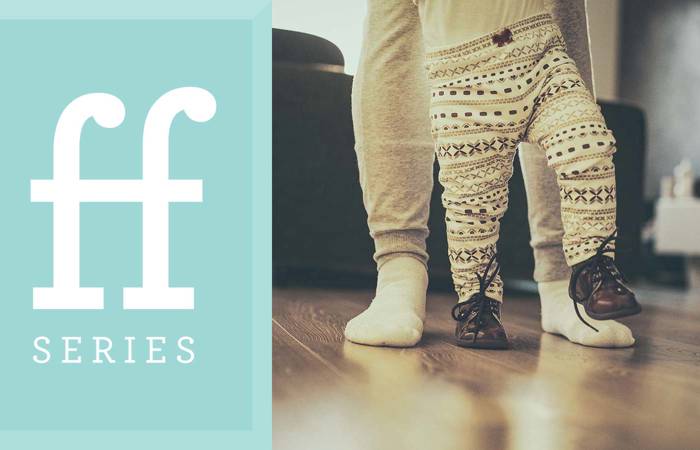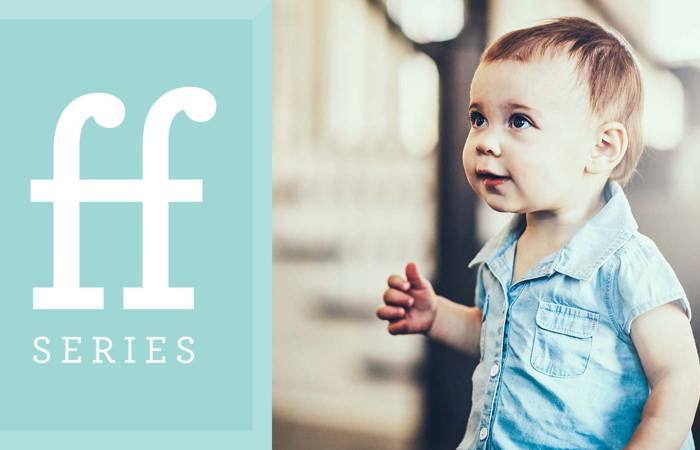Like what you see?
Sign up to receive more free parenting advice.
Thank you for subscribing to our newsletter!
Child Development

Credit: iStock.com/Steve Debenport
Development in the first four months after birth is rapid and can be surprising. As babies connect and communicate with their carers, and develop eating and sleeping patterns, they learn through sensory experiences.
The Australian Government's Early Years Learning Framework Practice Based Resources - Developmental Milestones provides guidance through a range of milestones that fall into the categories of physical, social, emotional and cognitive.
However babies all develop differently and each child is unique. The milestones should be considered guidelines, and parents shouldn't be concerned unless their child displays one of the criteria under which it is recommended that they seek advice.
Goodstart Early Learning Queensland Regional Manager Deon Hemberg says it’s important to make the most of moments that matter through quality interactions.
“We need to nurture young infants with gentle voices. Stroking and caresses, welcoming facial expression and eye contact regulate an infant’s capacity for arousal and recovery,” Deon says.
“Gradually young children’s capability for self-regulation grows from this early foundation. Establishing these rich nurturing relationships and welcoming environments will encourage regulation and well-being.”
Age 0-4 months
Physical
- moves whole body
- squirms, arms wave, legs move up and down
- eating and sleeping patterns
- startle reflex when placed unwrapped on flat surface/when hears loud noise
- head turns to side when cheek touched
- sucking motions with mouth (seeking nipple)
- responds to gentle touching, cuddling, rocking
- shuts eyes tight in bright sunlight
- able to lift head and chest when laying on stomach
- begins to roll from side to side
- starts reaching to swipe at dangling objects
- able to grasp object put into hands
Social
- smiles and laughs
- makes eye contact when held with face about 20cm from face of adult looking at them
- may sleep most of the time
- alert and preoccupied with faces
- moves head to sound of voices
Emotional
- attachment to a primary carer
- trust
- cries (peaks about six to eight weeks) and levels off about 12-14 weeks
- cries when hungry or uncomfortable and usually stops when held
- shows excitement as parent prepared to feed
Cognitive
- smiles and laughs
- looks toward direction of sound
- eyes track slow moving target for brief period
- looks at edges, patterns with light/dark contrast and faces
- imitates adult tongue movements when being held/talked to
- learns through sensory experiences
- repeats actions but unaware of ability to cause actions
Language
- expresses needs
- cries to communicate needs
- when content sometimes makes small throaty noises
- soothed by sound of voice or by low rhythmic sounds
- imitates adult tongue movements when being held and talked to
- may start to copy sounds
- coos and gurgles
Seek advice if the child:
- is floppy or stiff
- cries a lot
- arches his/her back
- is not responding to sounds
- is not showing interest or responding when played with
- is not feeding as expected
- is not starting to make sounds
- is not responding to familiar faces
Get Advice
Real parents. Real problems. We’re here with a group of leading early learning and parenting professionals to answer your questions.







